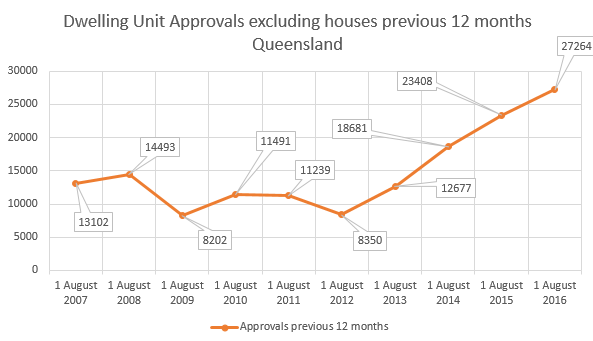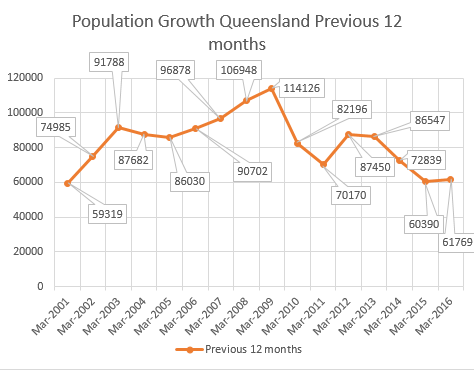Earlier this month the Queensland State Labor government broke an election promise not to privatise assets and announced that it was looking to sell or develop a number of assets including the Boggo Road jail, GoPrint site at Woolloongabba, the Albion Railway Yards, and property in Rockhampton and Townsville.
I’m not going to quibble about them breaking an election promise. Dishonesty should not be allowed to veto good governance.
But I am going to point out that the expectations of what can be funded from these privatisations is completely overblown. The proposals are all included in Advancing our Cities and Regions Strategy document, which appears to be not much more than a glossy media release.
The document is pretty vague about what is actually going to happen, apart from talking a lot about things like “Health and knowledge precincts” or the “Cross River Rail innovation and economic development corridor”.
These are names without much substance, and the last sounds like a way of ramping the Cross River Rail project up in importance so that it is harder for the federal government to say no to funding a large portion of it.
What is sure is that these projects are largely based on selling sites for residential dwellings and are unlikely to contribute significant monies towards any large infrastructure projects.
One could ask what the Cross River Rail innovation and economic development corridor would be worth without the Cross River Rail.
Fortunately for the government the answer is probably much the same as with it, because the Cross River Rail is unlikely to add significantly to the economic value of land in close proximity to it which is already well-serviced by transport infrastructure.
And the monies raised from developing the nominated sites are unlikely to meet the projected $5.4 billion cost of building the CRR.
To see how this would be the case let’s look at the Queensland unit market.
At the height of the boom highrise unit sites were selling for approximately $65,000 per site. I’m now told it is $30,000, if you can find anyone willing and able to purchase these large sites.
At the higher figure it would take the sale of land capable of supporting 83,077 units to fund the entire cost of the Cross River tunnel. At the lower figure that blows out to 180,000.
This graph shows the last 10 years of unit approvals for the whole of Queensland on an annual basis up until August this year.
Even if the government supplied 100% of the market, it would take three years at the inflated level of approvals of this year, and the inflated prices of last, to pay for the project.
So how many real estate cycles would there be before enough land could be sold to fund the project? Hard to say, but on a more realistic basis of the government supplying say 10% of the market, we’re looking at 30 years at least.
Population growth isn’t likely to rush to the rescue either.
All this residential development is proposed at a time when in the last two years population growth in Queensland from all factors is the lowest it has been since 2002.
Time for the government to bite the bullet and look at recycling some assets with real value.

